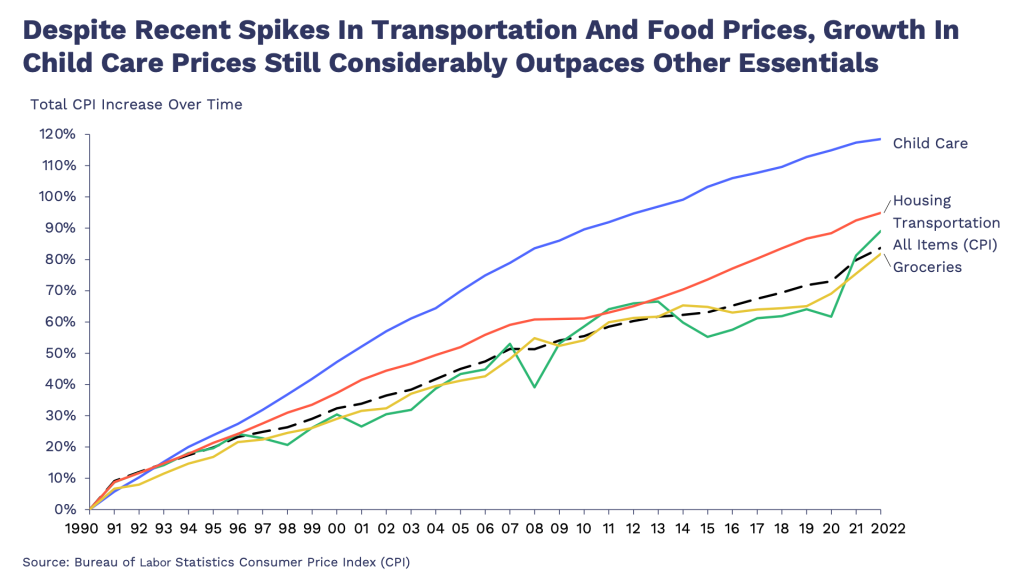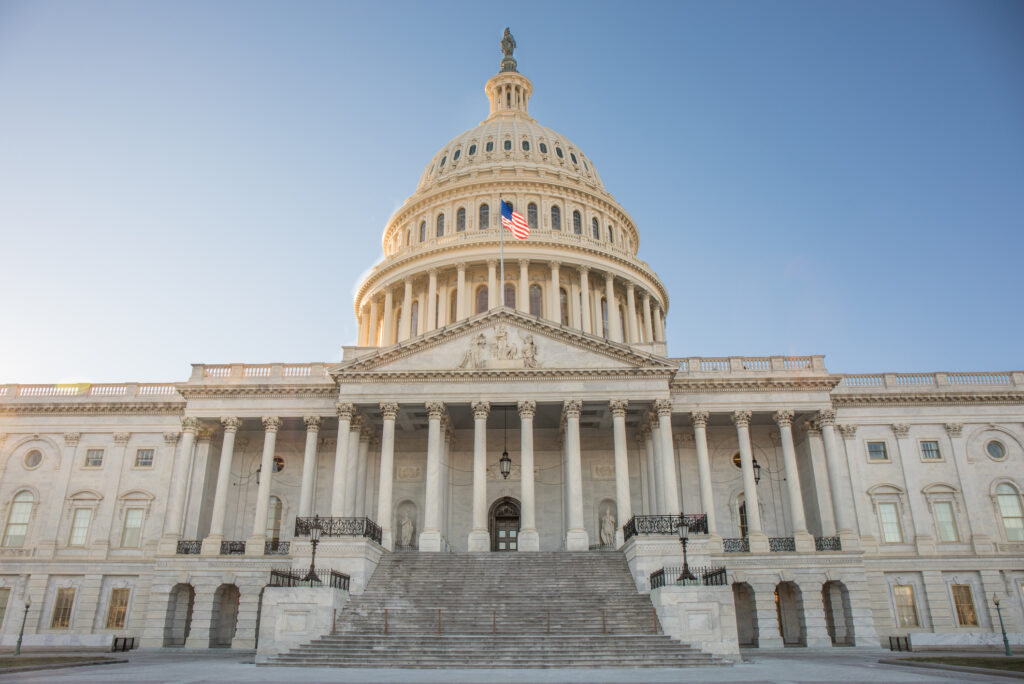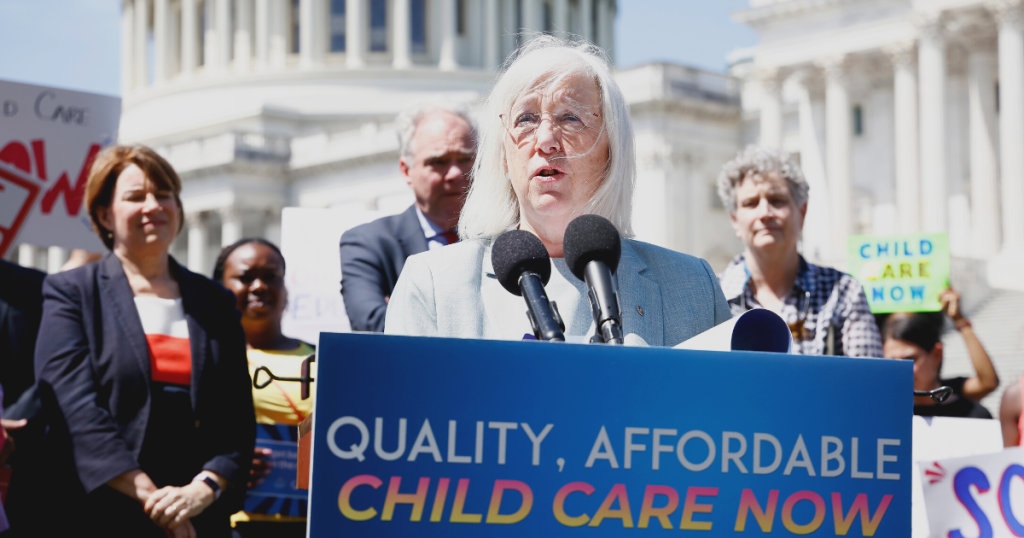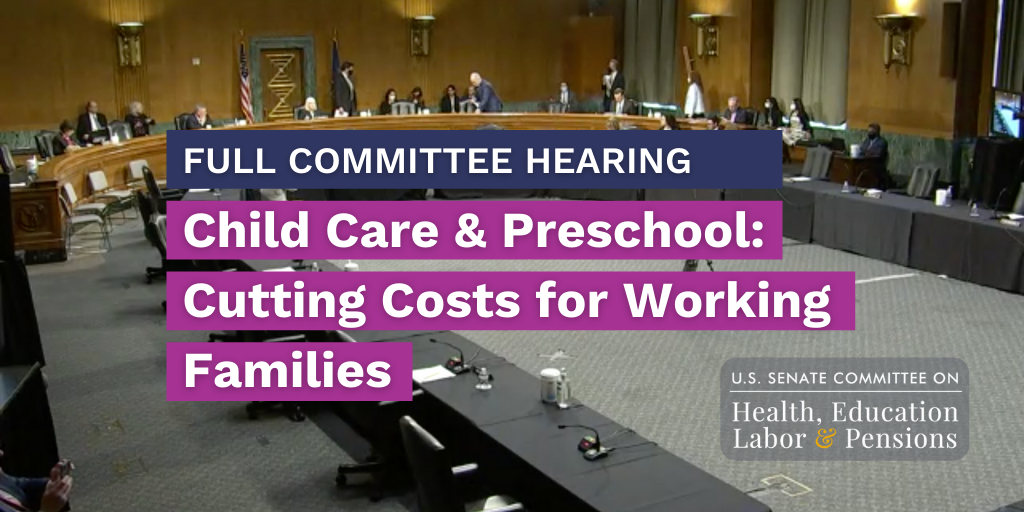Data Finds Child Care Prices Continue to Rise Ahead of Midterm Elections, Outpacing Inflation

WASHINGTON – The average annual price of child care in America has increased nearly 220% over the past three decades — considerably faster than other essential family expenses — with significant annual price tags in recent years. Now, new analysis from Child Care Aware of America (CCAOA) has found that in 2021 the average price of center-based child care for an infant in the United States was over $13,000. For all children under age 6, the average annual price of care is around $10,600 – an increase from 2020.
In response, FFYF Executive Director Sarah Rittling released the following statement:
“The high cost and limited supply of child care has held working families back for too long. Many parents can’t afford to work because child care costs far outweigh the paycheck they’re bringing home — and yet, parent fees alone are not enough to cover the cost of keeping child care programs open. At the same time, the early learning sector is losing workers faster than any other industry because wages are low and providers can’t increase the already astronomical prices for families to retain the workforce. It is a broken system that can’t be fixed without the support of public investments.
“This crisis is being felt in all aspects of our community and our economy. Lawmakers and candidates this midterm season will continue to hear from local businesses, early learning professionals, working families, and women in particular, who are desperate for solutions to make child care more affordable and easier to find. As candidates think about addressing today’s challenges and building a stronger economic future for this country, there’s no question that investments in early care and education must be a top priority.”
Key findings from the report, which includes a state breakdown of child care prices across the country, include:
- The price of child care for two children exceeded annual mortgage payments in 44 states plus the District of Columbia.
- The price of child care for an infant in a center-based program exceeded annual in-state tuition at a public university in 34 states.
- In all four regions of the United States, the annual price of child care exceeds the annual cost of in-state tuition at a public four-year university.
- Child care for two children in a center-based program was more expensive than most other household expenses, such as housing and health care, in all U.S. regions.
- Child care providers must now also shoulder rising costs of supplies. And despite providers’ best efforts to keep prices low—getting by on razor-thin margins and low wages—families are still feeling the rising prices.
- Meanwhile, the average hourly wage for a child care professional in a center is $12.24, or $25,460 annually.
- Notably, child care for two children in a center exceeds the average annual income for child care professionals.
- In recent years, the average annual inflation rate was higher than usual at 4.7%, but child care prices rose by an average of 5% when compared to 2020 prices.
In fact, a recent FFYF analysis found that among household costs, including housing, transportation, and groceries:
- Child care prices have historically grown the fastest out of essential household costs and are only continuing to grow; and
- Even though there’s been a lot of talk about high gas and food prices, growth in prices for these household items is still far behind the growth in child care prices.

Examples of high prices for center-based infant care in a number of key states:
- Arizona: $12,405
- Colorado: $15,881
- District of Columbia: $25,523
- Massachusetts: $21,269
- New Hampshire: $14,245
- New York: $18,574
- Pennsylvania: $12,152
- Wisconsin: $13,511
- Washington: $19,200
A look at the facts behind the need for urgent action on child care and early learning:
- 15 million children under the age of six (66%) have all residential parents in the workforce, with roughly 11 million in non-parental care.
- Even before the pandemic, half of Americans lived in a child care desert with only one available child care spot for every three children in need of care.
- In one recent survey, more than 60% of parents said child care has gotten more expensive over the past year, and more than 40% of parents said child care is much harder to find.
- The federal financial relief program for child care providers that Congress passed last year runs out on September 30th, 2024 – just 36 days before Election Day 2024 — resulting in an estimated $48 billion funding cliff that, if unaddressed, will have disastrous consequences on the supply of child care.
- Families will face even higher prices and longer waiting lists.
- Child care providers who have been able to offer pay raises or bonuses to recruit or retain teachers will have to start making tough choices with less resources, risking a mass exodus of highly trained professionals leaving the field for better pay and benefits at places like Starbucks and Target.
- 92% of America’s child care providers who received this federal relief funding say these grants are what has kept their businesses open.
- 75% of providers say that the end of this funding will be devastating to their programs.
- Even with the relief provided by the child care stabilization program, two-thirds of child care providers are experiencing a staffing shortage that affects their ability to serve families; 52% of those with staffing shortages have been forced to serve fewer children while 37% have had a longer waiting list.
The First Five Years Fund is the leading bipartisan federal advocacy organization working to ensure all children from birth through age five have equal access to affordable, comprehensive, high-quality care and education to support their healthy development and help them achieve their full potential in school and life. FFYF seeks to expand federal support for all early learning and care opportunities that are high-quality and focused first on serving those children most-at-risk
Subscribe to FFYF First Look
Every morning, FFYF reports on the latest child care & early learning news from across the country. Subscribe and take 5 minutes to know what's happening in early childhood education.



